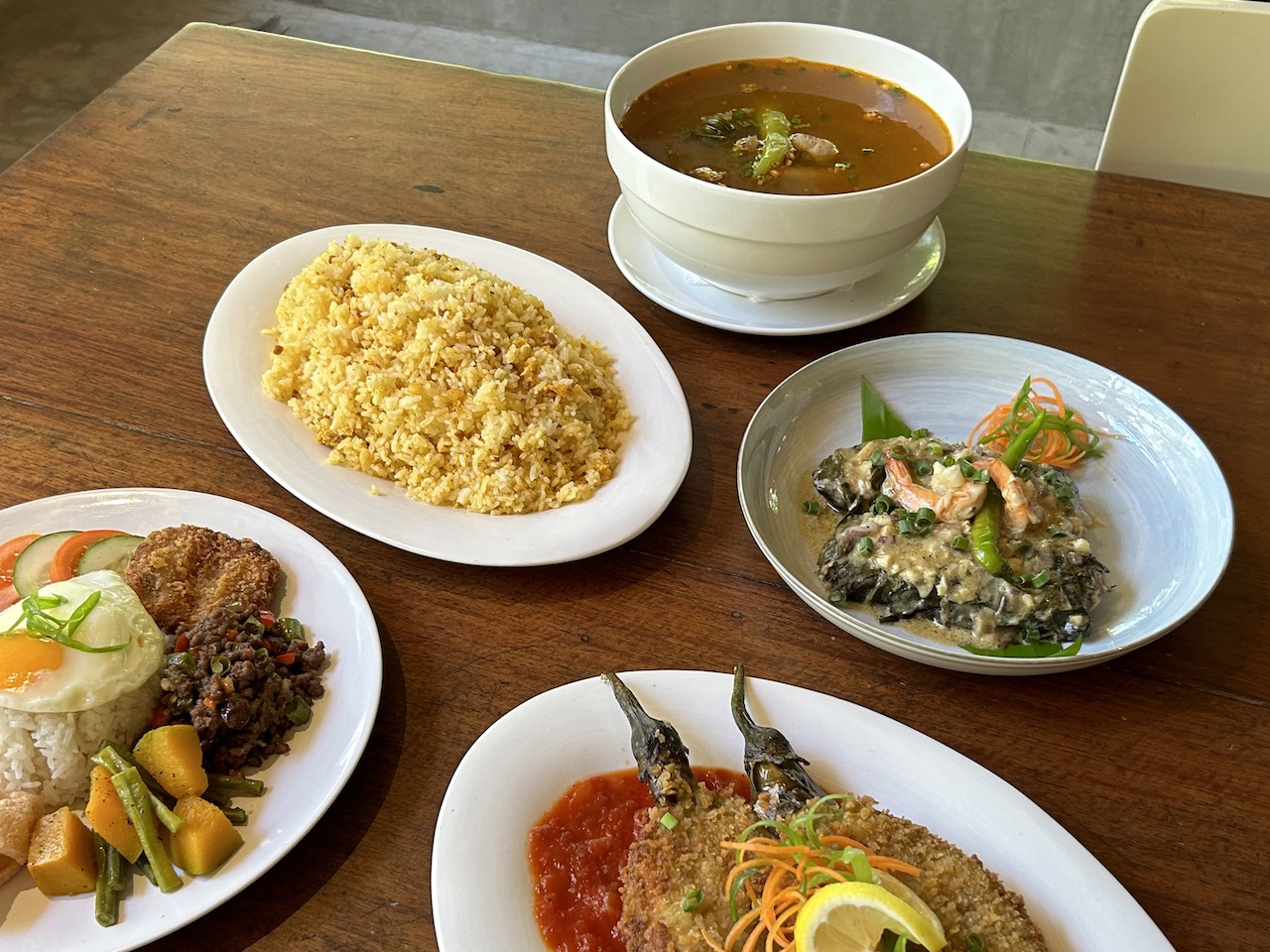Hain in Boracay presents a sound and sumptuous argument for bringing more regional dishes to the forefront
“Hain” is a Filipino word that means “to lay food on a table.” Depending on the context, it can also mean “offering” or “tribute.” All three definitions of the word are what the Boracay restaurant of the same name is doing.
Hain is a restaurant that champions another side to Filipino cuisine. Specifically, regional dishes we don’t often see in menus. Not to be confused with the fictional Netflix restaurant of the same name, the real Hain does more than just serve food. It also preserves and promotes aspects of our culinary heritage that would otherwise remain in their own provinces.
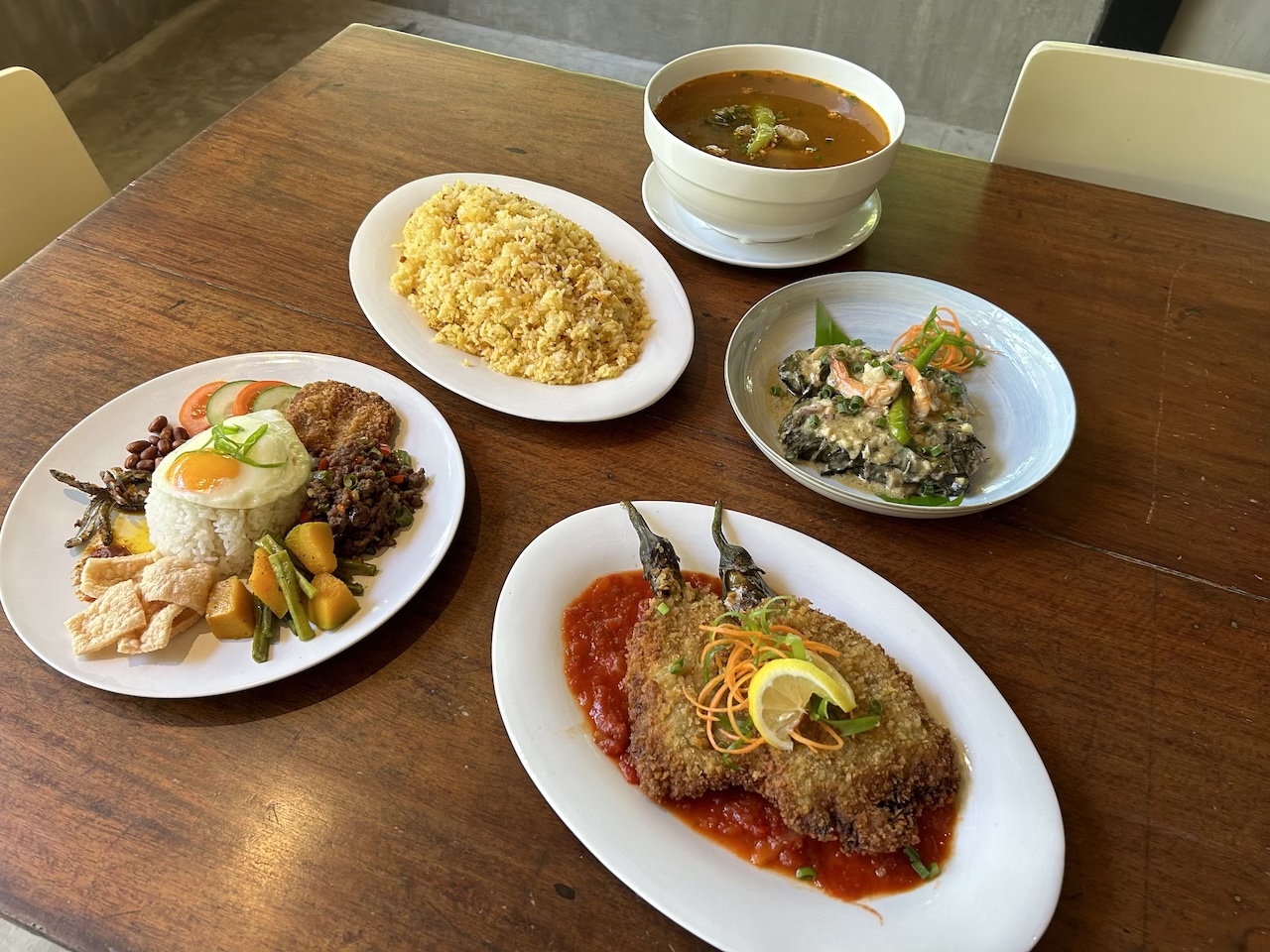
The restaurant is the physical manifestation of chef and writer Angelo Comsti’s cookbook “Also Filipino: 75 Regional Dishes I Never Had Growing Up.” Comsti is a born and raised Manilenyo, but his time writing about food and traveling around the country led him to regional discoveries he would have otherwise never enjoyed.
“After coming out with the book, [I asked myself] what’s next? I need to practice what I preach, so I need to let people taste [what I] advocate for, which is regional Filipino food. I felt like the natural progression was to open a restaurant,” he says.
A golden opportunity in paradise
Comsti admits that although the restaurant was always in the pipeline, he never intended to open up shop this soon. Hain stands proudly at the center of Boracay’s Henry Hotel. It’s a wide, breezy, al fresco sanctuary that shields diners from the hordes of tourists that come to the island.
During the hotel’s construction, founder Hanky Lee offered Comsti the space. Though it was sooner than he imagined, Comsti accepted. The deciding factor for the author and chef was their shared vision: Both of them have a shared passion for our culture.
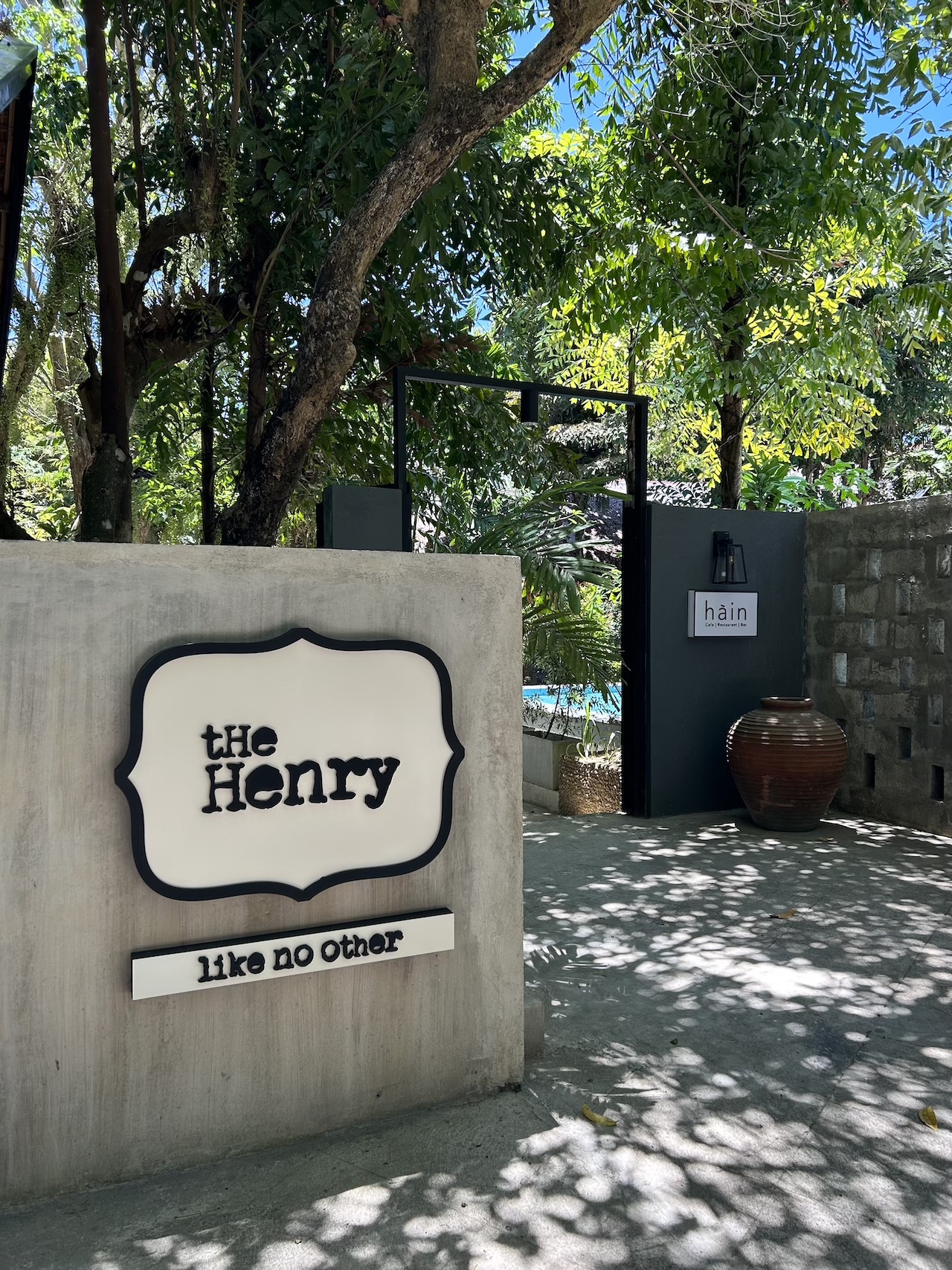
Comsti notes it was interesting to have his first major concept where he acts as both chef and partner outside of Manila—and in Boracay of all places. It wasn’t a market he was familiar with, but he had guidance from fellow restaurateur and co-partner Happy Ongpauco-Tiu and her experience in opening restaurants on the island.
“Ligawan mo ’yung mga travel agent kasi sila ang magdadala ng mga groups dito,” is one piece of advice he recalls.
There’s a variety of people from all over the world who fly to the island daily. About 5,000 according to Comsti. With the numbers alone, the market seems just about ripe for the picking.
“It’s a nice retirement plan,” he adds cheekily.
How people find Hain
The start of Hain’s operations coincided with the tail end of the pandemic. The restaurant opened in August 2023, which meant a slow start due to the island’s tight tourist regulations.
Initially, the majority of people who dined there were locals. Many of which returned (with guests in tow) for seconds. It’s only recently that foreigners started to find their seats at the table; with Comsti citing a very interesting catalyst for their discovery: social media. But surprisingly, the online forum Reddit.
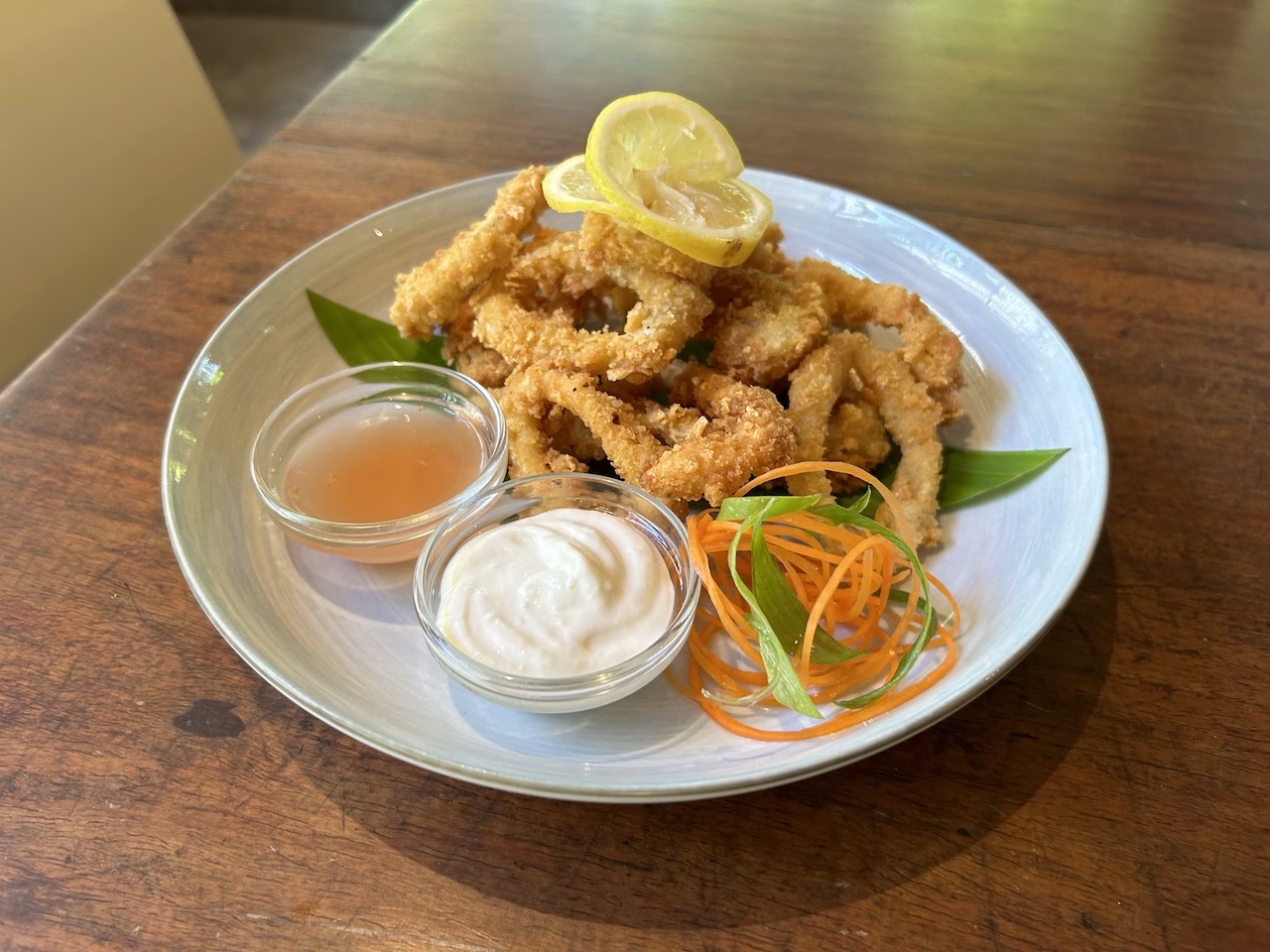
When diners arrive, they’ll notice that the menu is divided into two parts: reworked classics and regional dishes. The reworked classics are popular Filipino dishes with an unexpected element. Excellent examples would be the chichacorn pork chop and the tortang talong.
Both dishes are family staples, but with an ingredient that makes it almost brand new. Calamares is usually breaded with flour in most households, but using the already crunchy cereal in its stead gives it a boost in texture while retaining a tender interior.
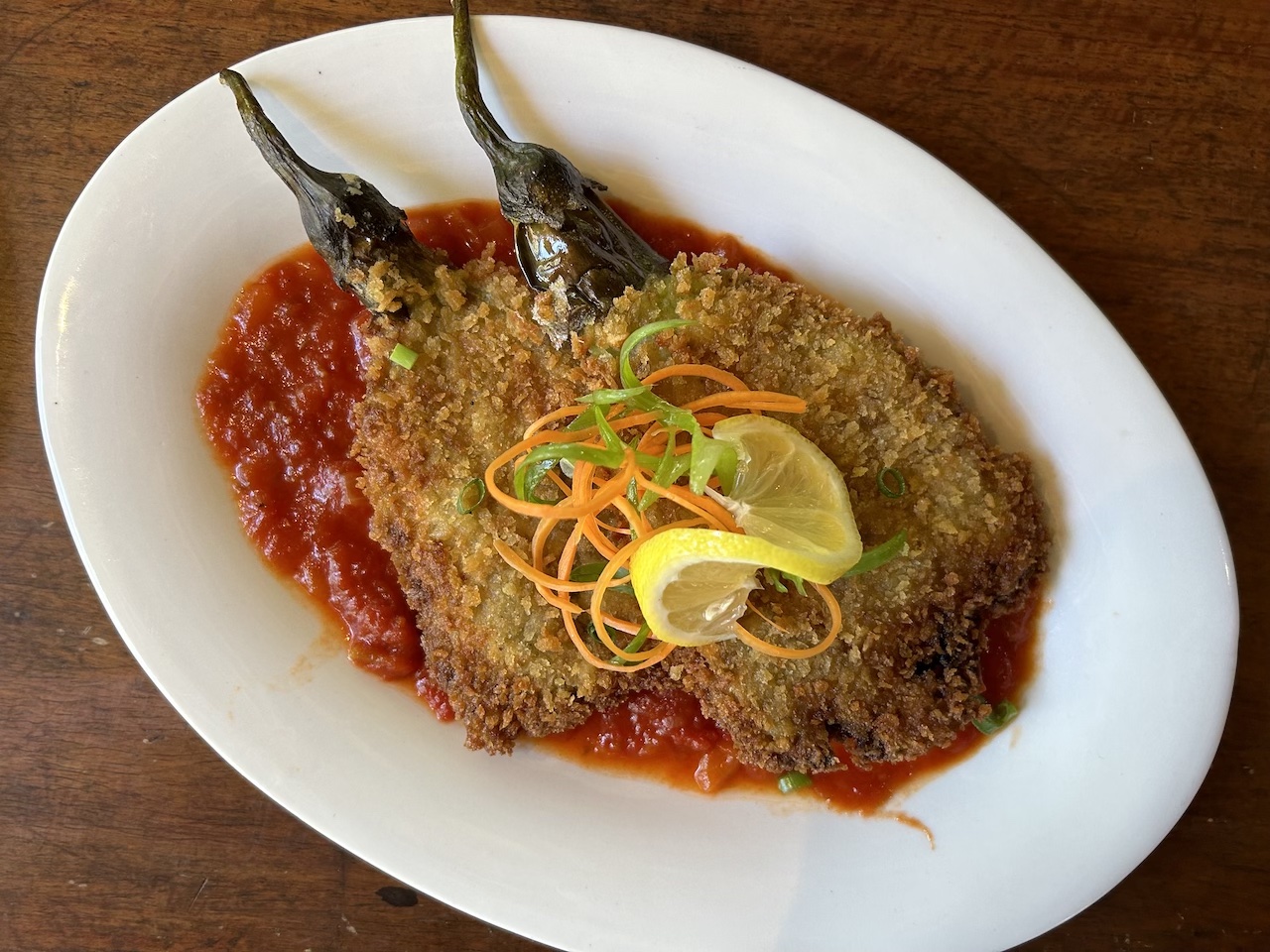
Hain’s version of the tortang talong closely resembles chicken parmigiana. After grilling with inasal sauce, the eggplant is breaded, deep-fried, and served on a bed of pomodoro sauce. It’s an intriguing blend of Pinoy and Italian-American comfort food, but it’s a concept that works in the most delicious of ways.
Where the heart is
The regional dishes are where the heart and soul of the restaurant lies. They’re also what people keep coming back for. In Comsti’s collection of 75 regional dishes, 10 made their way into the menu.
Iloilo, Ilocos, Manila, Tawi-Tawi, Bacolod, and of course, Aklan are represented on the menu. There’s another layer of emphasis on Aklanon cuisine, thanks to the location and the chefs.
“I try to empower the chefs because I’m not always here. So whenever I’m here I tell them, ‘Gawa kayo ng dishes na ginagawa niyo sa bahay, let’s present it, and then let’s include it in the menu.’ Siyempre, I want you to be proud of your dishes also. And we should represent because we’re here.”

Of the three Aklanon dishes on the menu, the crowd favorite (and my personal favorite) is the linapay. Shrimp and coconut meat are mixed together and wrapped in taro leaves and boiled in coconut milk and ginger. The savory sauce is then poured on top of the dish and finished with whole shrimp and green chili.
It’s a creamy yet refreshing dish that’s representative of the restaurant’s island location. It’s neither shrimp nor coconut forward but more a balance between those two, infused with a mild ginger flavor that’ll have you eating more rice than you expect.

Another crowd favorite is the kansi—a hearty soup that hails from Iloilo. It may seem counterintuitive to have soup by the beach, but the rich, tangy soup tastes even better when you’re having it with a side of fresh ocean air.
Leaving room and making it
For the final movement of the meal, dessert is imperative. Sharing is an important part of Filipino food culture, which means the restaurant’s desserts are made for more than just one.
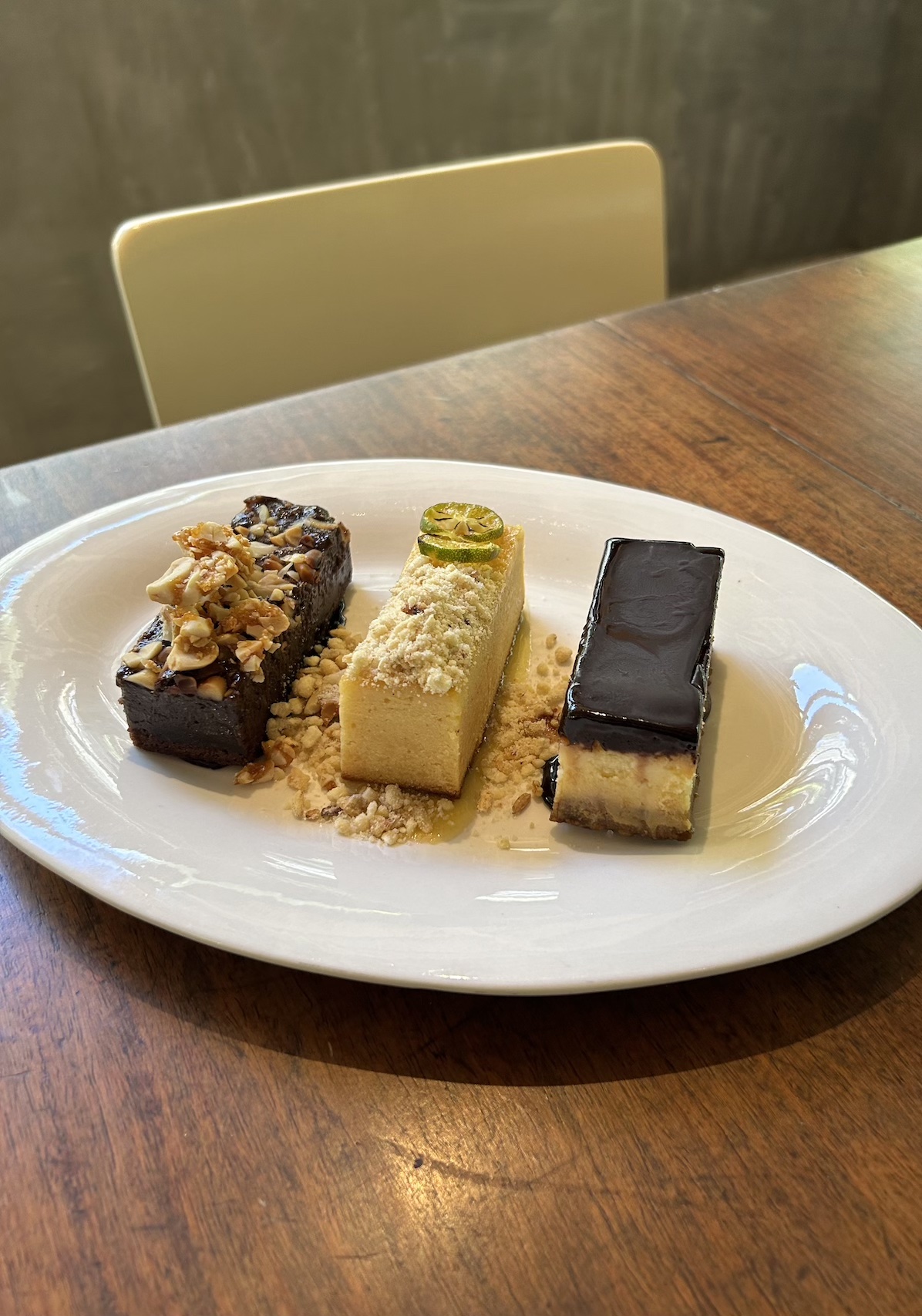
The bar sampler is what you have to order if you’re unsure of which sweet treat to commit to. It comes with the barako cheesecake, tablea brownie, and the calamansi bar—the restaurant’s take on the classic Boracay pasalubong.
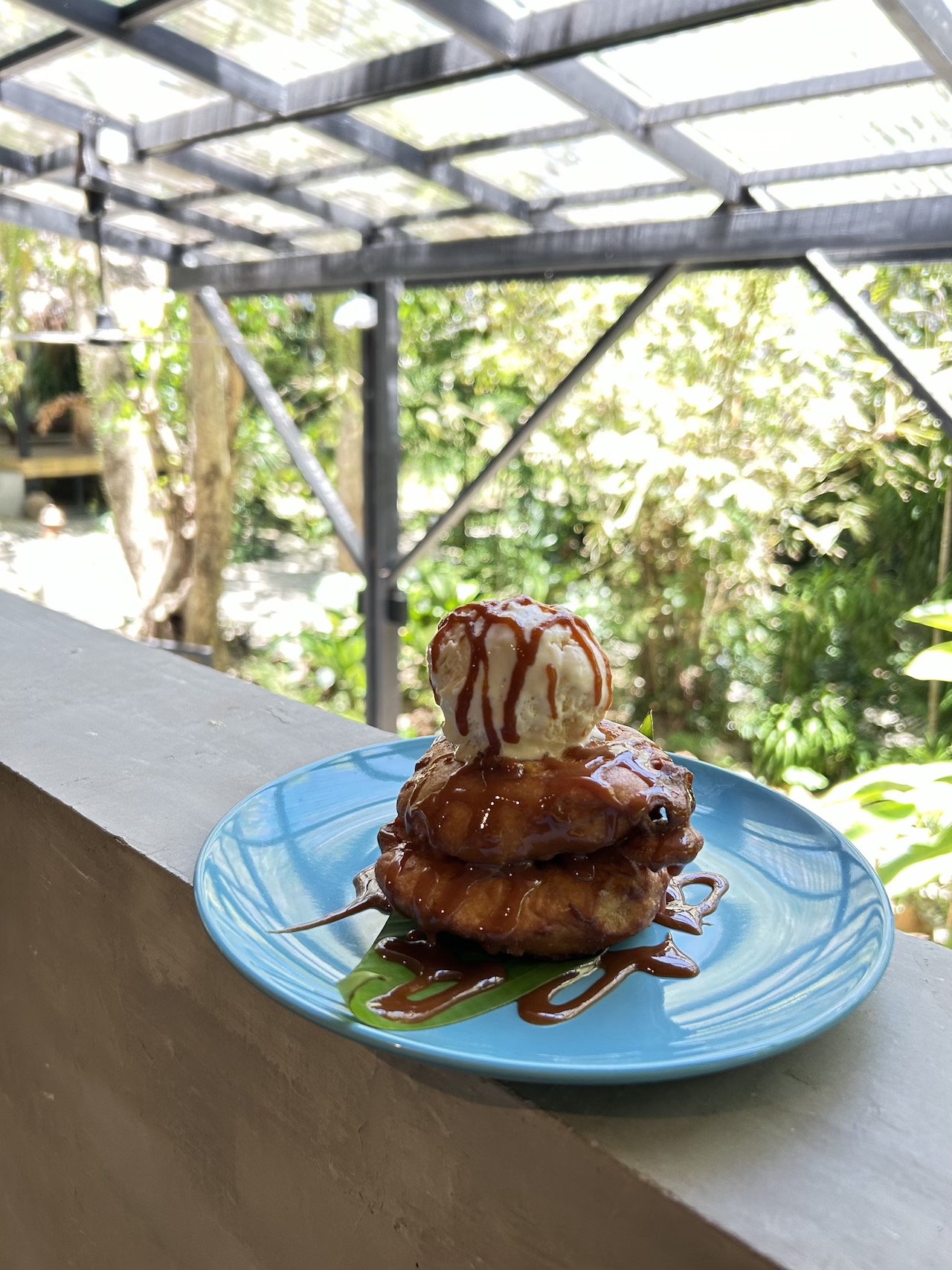
If you still have considerable space, the maruya a la mode cannot be missed. Thick banana patties are coated in batter, fried, and served warm with a scoop of ice cream and a drizzle of caramel on top. Nostalgia factor aside, it’s always a delicious combination of ingredients that hit the spot.
Though the dessert has been cleared and the meal effectively adjourned, the work never stops.
Hain has hit the sweet spot between familiarity and discovery. All the food served is Filipino, but it’s still something new. What makes the food delicious isn’t just the ingredients and the methods but also the effort, stories, culture, and the history behind each dish.

